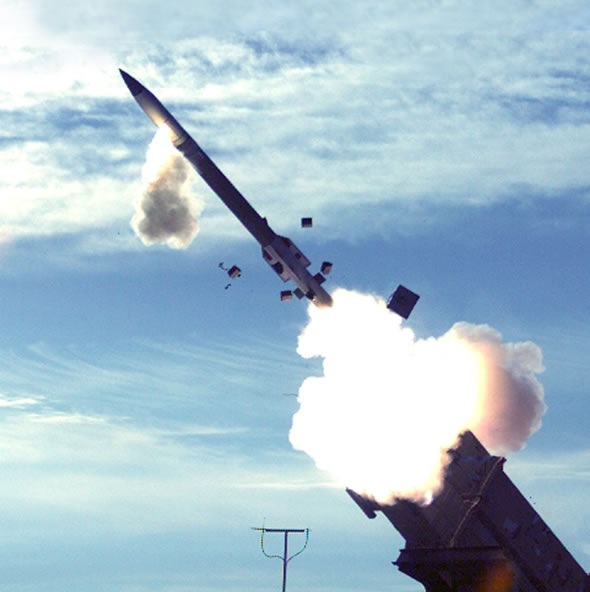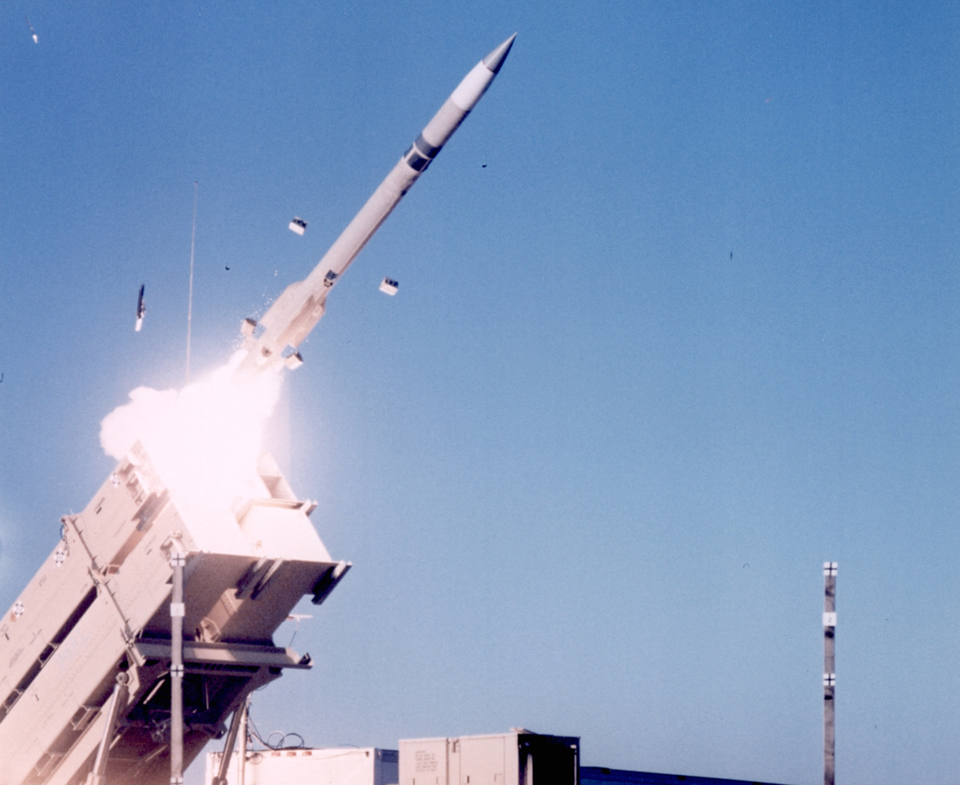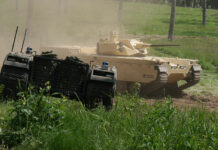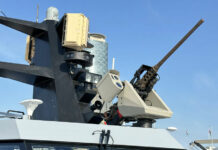
Kuwait is planning to acquire 60 Patriot Advanced Capability (PAC-3) missiles systems under a $4.2 billion acquisition plan announced last week by US Defense Security Cooperation Agency (DCSA). The package Kuwait is seeking includes four unit sets comprising of AN/MPQ-65 radars, AN/MSQ-104 Engagement Control Stations and OE-349 Antennae Mast Groups supporting four independent unit deployments comprising 20 M109 Launching Stations. The systems destined for Kuwait will also include two Information Coordination Centrals, supporting communications equipment and ten Electric Power Plants. This package is part of several PAC-3 procurement programs currently underway in the Middle East, bolstering the Gulf State missile protection capability against potential missile attacks from Iran.
In addition to strengthening Kuwait’s homeland defense, the proposed sale of PAC-3 missiles and equipment will enhance Kuwait’s interoperability with the U.S. and its allies, making it a more valuable partner in the Gulf, DSCA said. Kuwait has already acquired 80 PAC-3 missiles in 2007, under a $1.36 billion program as part of its Patriot system upgrade. As part of that program part of Kuwait’s Patriot systems were upgraded to MIM-104F (PAC-3) standard while the remaining systems were modernized into Guidance Enhanced Missile -T (MIM-104E GEM-T) standard. At that time the UAE also ordered nine PAC-3 and GEM-T units.
The UAE is another big user of PAC-3 missiles in the gulf, in the past 3 years DSCA announced an export package worth over US$12 billion to enhance air and missile defense in the emirates. The systems include the medium range THAAD interceptor and short-range PAC-3 missile interceptors. Saudi Arabia has also a large number of Patriot PAC-2 GEM-T missiles in its arsenal, however these are less suitable for missile defense applications. In the future, these interceptors are likely to be replaced by the extended-range, missile-intercept optimized Patriot Missile Segment Enhancement (PAC-3 MSE) variant currently undergoing advanced testing.
The US has its own PAC-3 systems deployed in the gulf, protecting its own bases in Bahrain and Saudi Arabia. These US systems are believed to be able to integrate the entire region into an interoperable missile defense system. The capability of such systems will be enhanced, as a new early warning radar site the U.S. is constructing in Qatar will be plugged-in. This is probably another TPY-2 radar the US is deploying, augmenting the US Navy Aegis vessels stationed in the gulf. These vessels have yet to be armed with missile-defense interceptors and currently provide primarily floating early warning sensors. Additional coverage is rendered by US radar systems stationed in Turkey and Israel, but the Qatar based station would be needed to further enhance the system’s capability, especially against medium-range missiles fired from Iran.

















